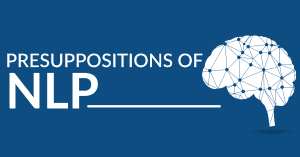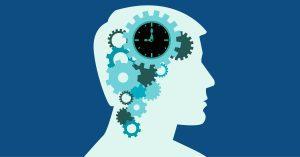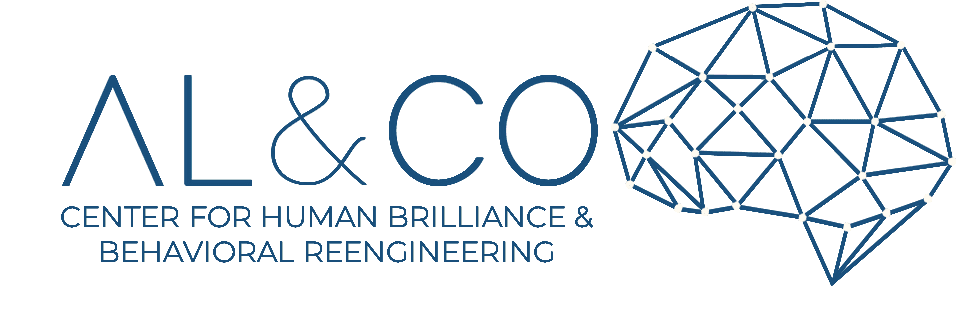Blogs

Overcoming Phobias and Limiting Beliefs with NLP: Address your fears
Phobias are intense and it is not something we should joke about and turn a blind eye when it happens. There are certain fears for

Unlocking Personal Success: How Neuro-Linguistic Programming Can Transform Your Life
Neuro-linguistics programming(NLP) is an approach that decodes the pattern of human behavior and how we can program our thoughts and activities to achieve personal success.

How To Deal With Pressure Using NLP
Pressure is caused by a lack of preparation. Kaepernick, Colin We frequently see folks in a hurry, sweat flowing from their brows, and tension written

NLP Techniques for Anxiety in 2023: How to Rewire Your Brain for Calmness
Are you tired of anxiety stealing your joy? We live, we are told, in a restless world. Nearly everybody eventually encounters anxiety in their lives.

The Power of Presuppositions of NLP in 2023: How to Use Them
NLP examines the relationship between language, behavior, and the mind. In 2023, NLP practices and techniques will be guided by several presuppositions. The presuppositions reflect

How to Reprogram your Mind and Take Charge of Your Thoughts and Emotions
Controlling your mind can be challenging, but several strategies and techniques can help you learn how to Reprogram your Mind by controlling your thoughts and emotions.
